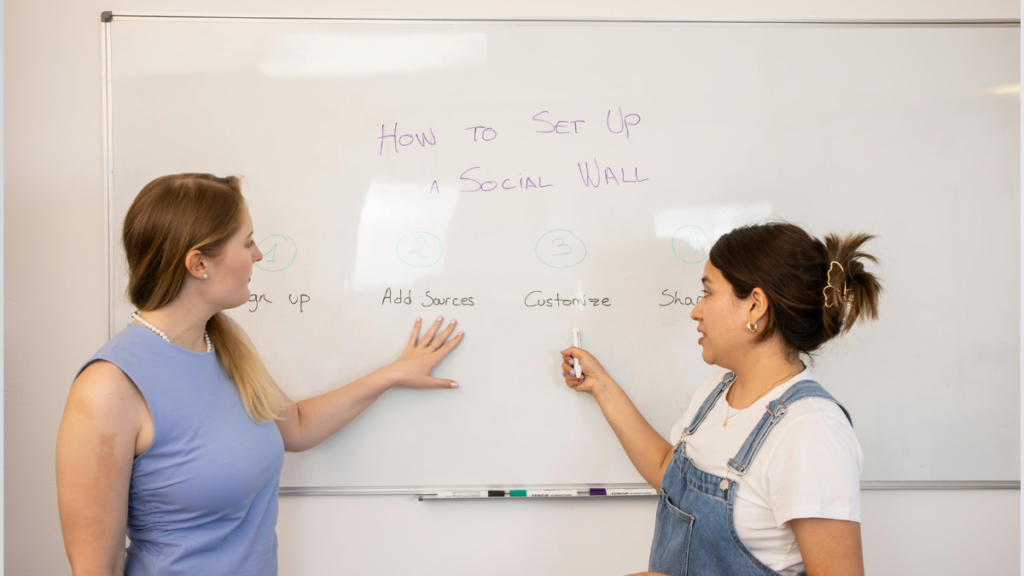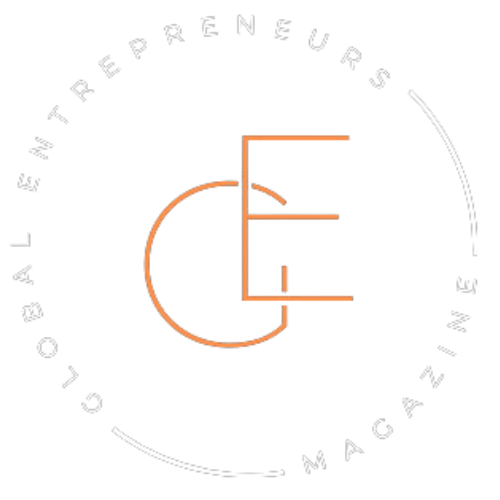On a quiet street corner, tucked between a laundromat and a liquor store, there’s a tiny shop with no sign out front. No flashy branding. No slick Instagram ads. But if you walk past it on a Saturday afternoon, you’ll see a line snaking down the block.
Inside, a woman in a faded denim apron wraps jars of homemade body butter, swaps stories with customers, and scribbles thank-you notes on scraps of recycled paper. She doesn’t have a marketing degree. She built this with a kitchen counter, a stubborn belief in her product, and word of mouth that spread like wildfire.
And she’s not alone.
Across industries, stories like hers are stacking up. Women-owned brands aren’t waiting to be “discovered” anymore. They’re not just getting louder—they’re getting chosen. Not as a favor. Not for optics. But because the quality, the message, and the connection are undeniable.
This isn’t a rise. It’s a takeover that’s already underway.
The shift we’re all witnessing—but didn’t name
Something’s been happening in plain sight, but most people haven’t stopped to name it. Scroll through your feed, browse your favorite shop, or think about the last skincare brand someone swore by—chances are, it came from a woman-owned business. Not a mega-conglomerate. Not a faceless corporation. A founder whose name is still on the label.
This isn’t about feel-good buying anymore. It’s not even about supporting women because it’s the “right thing to do.” People are choosing these brands because they’re better—sharper design, smarter messaging, more thoughtful products. And they’re sticking with them.
That old idea that women-led brands only speak to women? That myth is cracking. These brands aren’t speaking to a niche. They’re speaking to real people, real needs, real gaps in the market. And consumers? They’re listening with their wallets.
Without fanfare, the mainstream has shifted. And it’s got a different voice now—warmer, sharper, more personal. A voice shaped by founders who didn’t wait for permission to speak.
Why this shift feels different than past waves
This time, it’s not built on hype. It’s built on trust.
When people talk about their favorite women-owned brands, it’s rarely just about the product. It’s the story behind the formula. It’s how the founder answers DMs herself. It’s that feeling of buying from someone who actually gets it—because she’s lived it.
These aren’t brands polished in a boardroom. They’re built in bedrooms, basements, and small studios. And they carry something that’s hard to fake: honesty.
It shows up in how products are made, how communities are treated, how problems are solved. There’s less posturing and more presence. Less corporate gloss and more conversation.
People are done with faceless logos trying to “connect.” They’re drawn to brands that already feel like a part of their lives. And that’s where so many women-owned businesses win—without trying to fit a mold that never considered them in the first place.
From bootstrapped to backers: Real growth stories
One started in a kitchen, mixing formulas between nap times. Another built her brand on TikTok, shipping orders from her bedroom while answering every comment herself. A third fought through a dozen rejections before landing shelf space beside industry giants—and outsold them within a year.
These aren’t rare exceptions. They’re the new blueprint.
Investors used to treat women-led startups like charity cases or passion projects. Now they’re chasing them. Because numbers don’t lie—and neither does loyalty. When a woman-owned brand connects, it doesn’t just get a customer. It gets a community.
That’s why the funding conversation is changing. The success stories are louder, the exits are bigger, and the demand is stronger. Founders who bootstrapped their way into the spotlight are proving that scrappiness isn’t a weakness. It’s an edge.
And that edge is turning heads in boardrooms that used to look the other way.
The numbers tell their own story

Anecdotes get attention, but data drives the point home.
Recent reports show that women-led startups deliver higher revenue—more than twice as much per dollar invested compared to male-led ones. Consumer surveys show increasing loyalty toward brands that reflect real stories and lived experiences, especially among millennials and Gen Z. And funding? Still behind, but shifting. The gap is shrinking as returns speak louder than bias.
It’s not about chasing trends. It’s about responding to results.
These brands aren’t just showing up in niche corners of the internet. They’re dominating bestseller lists, landing retail deals, and outperforming expectations. Investors, retailers, and even longtime skeptics are paying attention—not out of charity, but because the market is making the case for them.
The success isn’t theoretical. It’s measurable. And it’s picking up speed.
Why “niche” was always a mislabel
For years, anything built for women—by women—was boxed in as niche. As if half the population was some kind of specialty market.
Period care? Niche. Skincare without harsh chemicals? Niche. Financial tools made with real-life motherhood in mind? Also niche.
The label never fit. It was a convenient way to sideline innovation that didn’t look like what the industry was used to seeing. But when products solve real problems and speak directly to people’s lives, they don’t stay in the margins for long.
What’s happened instead is simple. People found value. They talked about it. They came back for more. Suddenly, the “niche” product wasn’t niche anymore—it was just what people wanted all along.
Turns out, calling something niche doesn’t make it small. It just makes it underestimated.
What mainstream now looks like—and who’s shaping it
Walk down any aisle—beauty, wellness, even tech—and you’ll see names you wouldn’t have seen a decade ago. Names that started with side hustles, savings accounts, and a whole lot of personal risk. Names that belong to women who didn’t wait to be let in.
They’re not just in traditionally “female” spaces anymore, either. They’re in finance, software, food systems, and logistics. Some wear the “woman-owned” badge proudly in every campaign. Others just build quietly, watching their products take off while their competitors try to catch up.
The common thread? They saw something missing. And instead of waiting for the market to catch up, they built it themselves.
What we call “mainstream” is no longer shaped by the same dozen players at the top. It’s being redefined—brand by brand, story by story—by founders who made their own space and brought the crowd with them.
The market didn’t make room—they took it
The women behind these brands weren’t waiting to be discovered. They didn’t ask for a seat. They built the table, pulled up chairs, and people showed up—hungry for something real.
That little shop with no sign? It didn’t stay little for long. The jars kept selling. The line kept growing. Eventually, the street corner became a warehouse, and the kitchen counter turned into a team. Not because someone handed her a shortcut, but because she made something worth following.
That story isn’t the exception anymore. It’s happening everywhere.
This shift isn’t about inclusion. It’s about power. It’s about showing up in places women were never expected to lead—and setting the tone. The market didn’t roll out the red carpet. But it couldn’t ignore the footsteps, either.
And now? There’s no going back.




